Swallow This: the key claims
- Clean labelling is superficial, and maligned E-numbers are now simply replaced by functional substitutes that are not as natural as a consumer might think
- Much of the meat, veg and fish in our convenience food is kept at sub-zero temperatures for months, even years, before being marketed as ‘fresh’
- Invisible technologies are used on foods to make them appear fresher and newer than they really are
- Most ‘freshly baked’ products at in-store bakeries are in fact brought in frozen and finished off in ovens.
- Greenery in bagged salads can be 10 days old and has been submerged in tap water heavy with chlorine and fruit acids to inhibit bacteria
- Eggs are supplied to food manufacturers in many forms but almost never in their shells. Instead, they come as powders, albumen, or hard-boiled in a long cylinder
- Starch is routinely added to processed foods for ’adhesion, antistaling, binding, clouding, dusting, emulsion etc
- Flavourings are used to suppress undesirable smells and flavours created by the manufacturing process.
- Artificially doctored enzymes are routinely used in the production of bakery products, drinks, dairy , and egg products. As many are classed as processing aids they won’t appear on the final label
- Powdered collagen from carcases is used to bulk up processed meats
The food and drink industry has faced a barrage of negative headlines over the past couple of weeks, thanks to the release of explosive exposé Swallow This. Written by journalist (and Grocer columnist) Joanna Blythman, the book claims to serve up the “industry’s darkest secrets” on food manufacturing - processes that she believes consumers know far too little about.
So what are her key claims? And how can the industry fight back and defend itself?
One of the points made most vociferously by Blythman in the book concerns ‘clean labelling’. This practice, which has seen food companies strip back ingredients lists in response to consumer fears over ingredients that sound ‘chemical’ or artificial, is largely superficial, she argues - it has not created foods that are actually ‘cleaner’.
Instead, E-numbers and additives are simply replaced with functional substitutes with more natural-sounding names that are less likely to be scrutinised. One such example are ‘functional flours’ - hydro-thermally treated flours that are used to replace E-numbers in a chocolate dessert.
Blythman senses consumer confusion, but Barbara Gallani, FDF director of science and health, says hitting out at clean labels ignores the positive steps industry has taken to find natural solutions and ingredients in response to consumer demand.
Moreover, she adds, a simple web search will provide shoppers with all the details they’ll want. “The ingredients in all products are labelled incredibly clearly and all the information is there.”
Crucially, it is “disingenuous”, Gallani stresses, to believe you can manage large scale-food production for a growing population without the use of additives, flavourings, and enzymes - all of which come under scrutiny in Swallow This.
Blythman describes how flavourings are used to suppress undesirable smells and tastes created during the manufacturing process; and she argues artificial enzymes are commonplace on the production line but fail to appear on labels as they are classed as processing aids.
But these processes are “significantly more complex” than suggested in the book, says Alice Cadman, director of business development and marketing at Leatherhead Food Research. “Flavourings are tightly regulated and are used to support the delivery of the sensory attributes that consumers are looking for.”
Plus, enzymes also play “an extremely positive role”, she adds. The conversion of asparagine into an amino acid, for example, helps reduce the occurrence in baked or fried products of acrylamide, a chemical compound linked to cancer.
The great bake-off
Baked goods in supermarkets do not walk away from the book unscathed, either. Blythman claims regulation relieving in-store bakeries from the requirement to publish ingredients means many consumers do not realise ‘fresh’ products are merely heated up from frozen.
But far from a secretive supermarket shortcut, ‘bake-off’ is a “practice well known throughout the bakery sector”, says Gordon Polson, director of the Federation of Bakers.
Elsewhere, one of the key threads running through the book is the idea that the industry uses scientific processes to boost its bottom line. Blythman cites the example of ‘meat extenders’ to bulk up processed meats, such as water, soya protein and collagen extracted from carcases. The practice leaves consumers “paying through the nose for water laced with chemicals”, she claims.
But for Stephen Rossides, director of the British Meat Processors Association, it is about the balance between consumer demand, and the cash they’re willing to part with. “The bottom line is that a food business operator has a legal and moral responsibility to produce safe, hygienic food that is labelled correctly and does not mislead the consumer,” he says.
Cadman points out many processes are designed with consumer safety in mind. Take Blythman’s point that the greenery in bagged salads may have been submerged in tap water heavy with chlorine or fruit acids to inhibit bacteria.
“Consumers may say they wish to see fewer preservatives and a more natural product, but few understand the health risks associated with bacteria that can be present in fresh salads.”
Blythman also points to invisible technologies used on foods to make them appear fresher than they are, such as MAP (modified atmosphere packaging), which involves altering the composition of air to remove all or most of the oxygen.
But for Gallani this is a “spectacular example” of physics and technology finding hugely beneficial application in the industry. Instead of being ‘scary’, it should be seen as an argument for “more research, more innovation to reduce food waste and the shelf life of foods”. This “vision that food is only wholesome if it’s natural is a bit old-fashioned and misinformed”, she adds. “We need all this science and research, and frankly we should be excited by it.”
But there’s no doubt the ‘pro-natural’ sentiment behind Blythman’s book is hitting a nerve with consumers. It will take “simple, straightforward messages delivered in a credible way from the industry” to challenge it, says Chris Wells, director of scientific and technical services at Leatherhead. “There is an important role for trade associations and industry bodies to create and deliver messages in a form that consumers will take on board.”
If the media reaction to Swallow This so far is anything to go by, the industry has its work cut out.



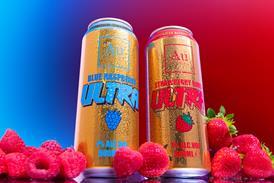


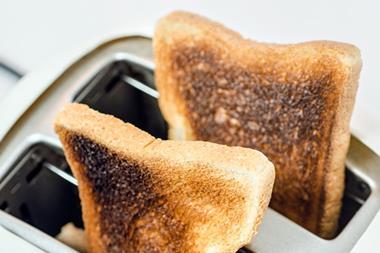
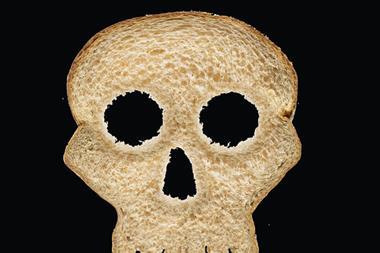
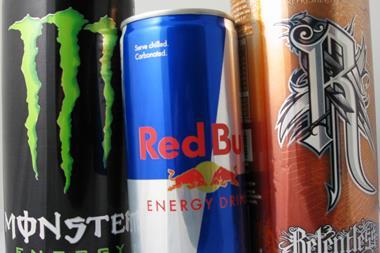
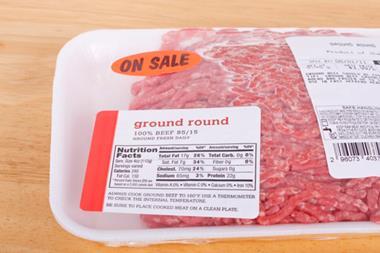

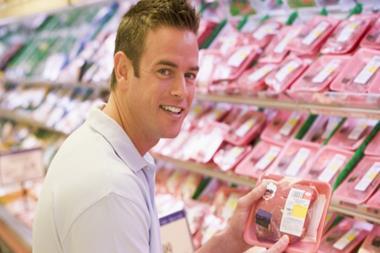
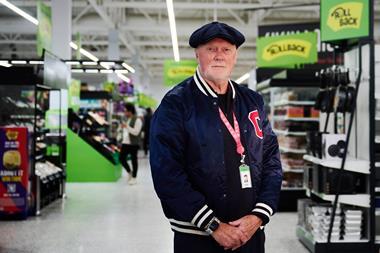




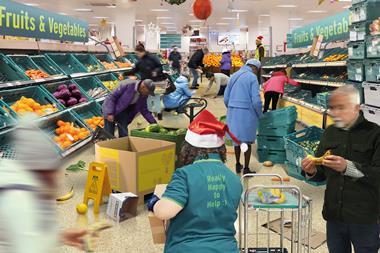
No comments yet